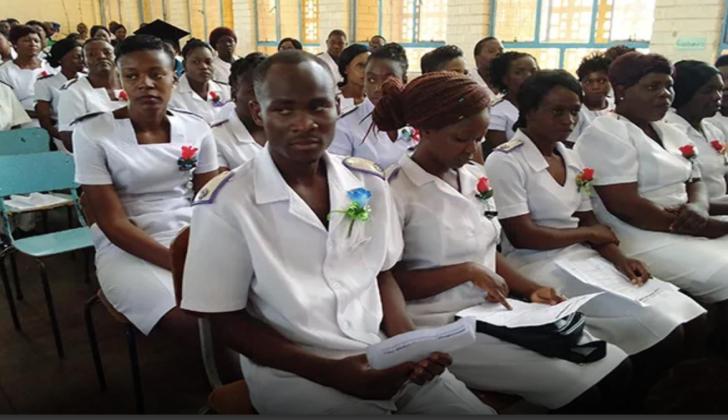News / Local
Zimbabwe plans to shorten the training period for midwives
15 Jul 2024 at 07:12hrs |
0 Views

The government plans to shorten the training period for midwives from two years to 18 months to address the shortage of skilled health personnel, especially in rural areas. Health and Child Care Minister Douglas Mombeshora announced this during a recent parliamentary session, highlighting the need to increase the number of trained midwives to improve maternal health care.
Minister Mombeshora emphasized the importance of equipping hospitals, particularly district hospitals, with better resources, including equipment for procedures like caesarean sections. He noted that the government has already acquired more than 10 anaesthetic machines for rural hospitals with maternity wards.
In addressing urban health facilities, Mombeshora acknowledged ongoing efforts to enhance equipment standards. He also mentioned initiatives to tackle critical issues such as blood shortages, with recent funding releases from Treasury aimed at improving blood supply for maternal health needs.
Investments in midwifery are crucial, according to the State of the World's Midwifery Report for 2024, which highlights that midwife-delivered interventions significantly reduce mortality rates. These efforts are part of broader goals to continue reducing maternal mortality rates, which have already shown improvement from 525 per 100,000 live births in 2012 to 362 per 100,000 in 2022, supported by government and funding partner investments.
This strategic approach aims to save 1.2 million lives annually by 2035 in the East and Southern African region, underscoring the impact of investing in midwifery on improving health and social outcomes.
Minister Mombeshora emphasized the importance of equipping hospitals, particularly district hospitals, with better resources, including equipment for procedures like caesarean sections. He noted that the government has already acquired more than 10 anaesthetic machines for rural hospitals with maternity wards.
In addressing urban health facilities, Mombeshora acknowledged ongoing efforts to enhance equipment standards. He also mentioned initiatives to tackle critical issues such as blood shortages, with recent funding releases from Treasury aimed at improving blood supply for maternal health needs.
Investments in midwifery are crucial, according to the State of the World's Midwifery Report for 2024, which highlights that midwife-delivered interventions significantly reduce mortality rates. These efforts are part of broader goals to continue reducing maternal mortality rates, which have already shown improvement from 525 per 100,000 live births in 2012 to 362 per 100,000 in 2022, supported by government and funding partner investments.
This strategic approach aims to save 1.2 million lives annually by 2035 in the East and Southern African region, underscoring the impact of investing in midwifery on improving health and social outcomes.
Source - newsday
Join the discussion
Loading comments…


























